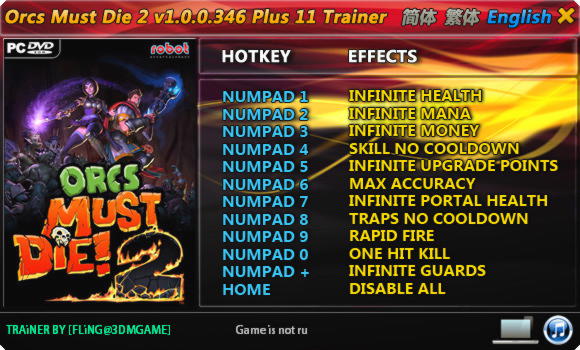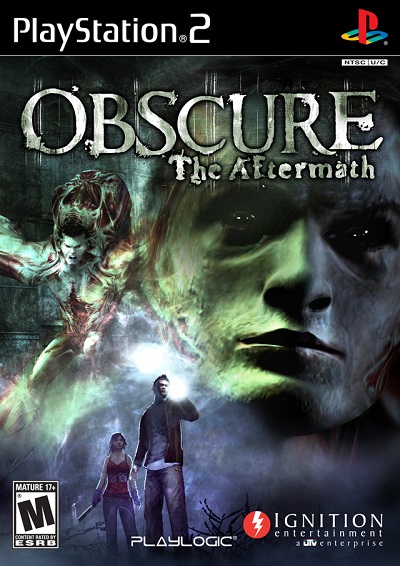

In the Eastern Bloc countries, manufacturers made functional duplicates of Western microprocessors under different part number series. Variations of a basic part number might have been used to indicate minor variations in speed or transistor type, or might indicate fairly significant alterations to the prototype's capabilities. Many processors were second-sourced, with different manufacturers making the same device under different part numbers. Since a crystal oscillator was necessary for stable color, it was often also used as the microprocessor clock source. Processor speeds were not a competitive point among home computer manufacturers, and typically the processor ran either at its maximum rated speed ( between 1 and 4 MHz for most processor types here), or at some fraction of the television color subcarrier signal, for economy of design. A few home computers had multiple processors, generally used for input/output devices. "Processor" indicates the microprocessor chip that ran the system. Popular machines inspired third-party sources for adapters, add-on processors, mass storage, and other peripherals.

3 List of hobby, kit, or trainer computers.School computers usually had facilities to share expensive peripherals such as disk drives and printers, and often had provision for central administration. A hobby-type computer often would have required significant expansion of memory and peripherals to make it useful for the usual role of a factory-made home computer. Pioneering kit and assembled hobby microcomputers which generally required electronics skills to build or operate are listed separately, as are computers intended primarily for use in schools.

Single-board development or evaluation boards, intended to demonstrate a microprocessor, are excluded since these were not marketed to general consumers. This list excludes smartphones, personal digital assistants, pocket computers, laptop computers, programmable calculators and pure video game consoles. It would have an alphabetic keyboard and a multi-line alphanumeric display, the ability to run both games software as well as application software and user-written programs, and some removable mass storage device (such as cassette tape or floppy disk). While many office-type personal computers were used in homes, in this list a "home computer" is a factory-assembled mass-marketed consumer product, usually at significantly lower cost than contemporary business computers. Today, the price of microcomputers has dropped to the point where there's no advantage to building a separate, incompatible series just for home users. By simplifying the machines, and making use of household items such as television sets and cassette recorders instead of dedicated computer peripherals, the home computer allowed the consumer to own a computer at a fraction of the price of computers oriented to small business. During this time it made economic sense for manufacturers to make microcomputers aimed at the home user. The home computers between 1977 and about 1995 were different from today's uniform and predictable machines. The cassette tape was a common low-cost and low-performance mass storage device for a generation of home computers


 0 kommentar(er)
0 kommentar(er)
